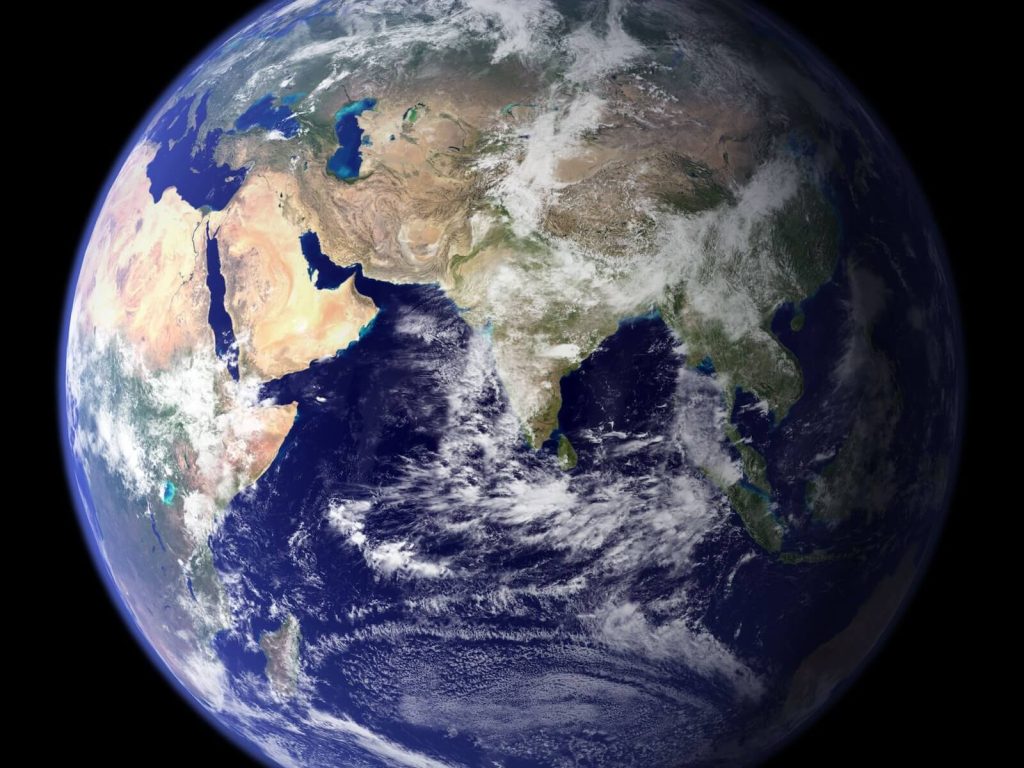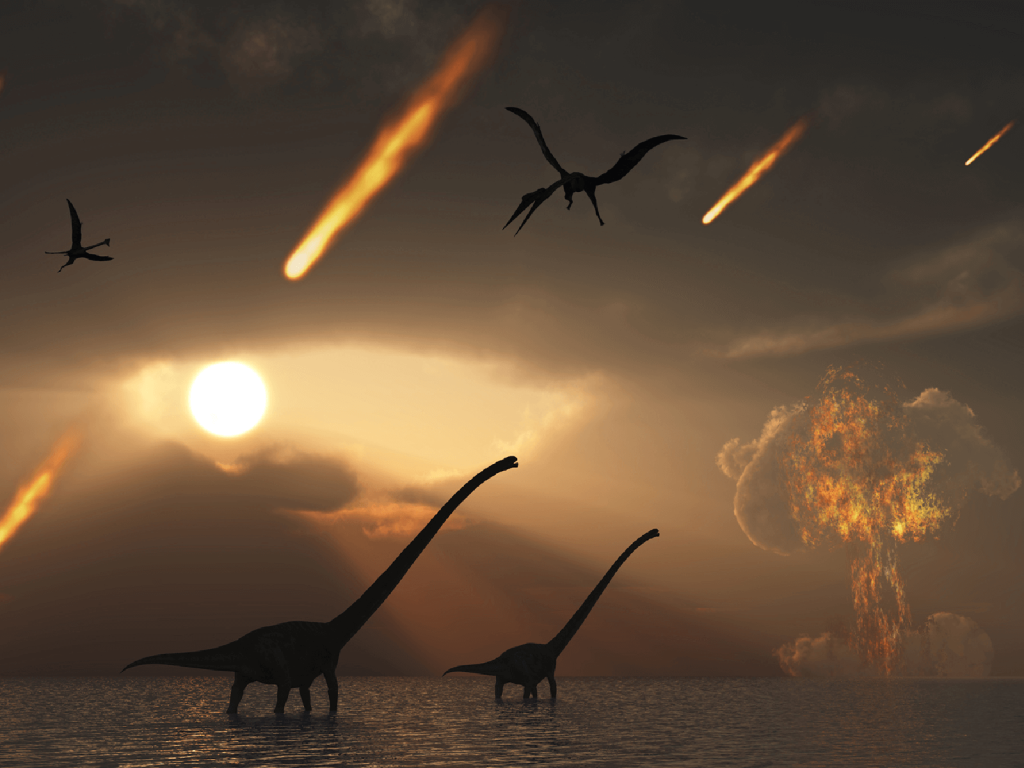Does The Dark Forest Theory Points Towards Possibility Of Hostile Extraterrestrial Life
The possibility of the existence of extraterrestrial life has been a topic of interest for centuries. However, with the advancements in technology, scientists are now able to discover more and more about the universe around us. With this discovery comes the question, if there is extraterrestrial life, is it friendly or hostile? This is where the Dark Forest Theory comes into play.
What is the Dark Forest Theory?
The Dark Forest Theory is a concept proposed by Chinese science fiction writer Liu Cixin in his novel “The Three-Body Problem.”
In the novel, the universe is a dark forest where each civilization is a hunter, and every hunter is hiding in the darkness, trying to survive. This theory proposes that if there is extraterrestrial life, they might not be friendly but, instead, might be hostile.
Explanation of the Dark Forest Theory
The Dark Forest Theory is based on the assumption that a universe is a dangerous place, and every civilization in it is trying to survive. The theory proposes that there are three types of civilizations in the universe: Type I, Type II, and Type III.
Type I, II & III:
- Type I civilizations are those that can harness the energy of their home planet, such as solar or geothermal energy.
- Type II civilizations can harness the energy of their host star, such as a Dyson sphere.
- Type III civilizations can harness the energy of their entire galaxy, such as a galactic civilization.
The theory proposes that the universe is a dark forest because every civilization is hiding from one another. If a Type III civilization were to discover a Type II civilization, they might perceive them as a potential threat and eliminate them before they become a threat to the Type III civilization. This is because the Type III civilization would assume that the Type II civilization would eventually become a Type III civilization and pose a threat to their existence.
Implications For The Existence Of Hostile Extraterrestrial Life
The Dark Forest Theory has implications for the existence of hostile extraterrestrial life. If the theory is true, it would mean that any extraterrestrial life we discover might not be friendly. It is possible that they might perceive us as a threat and eliminate us before we become a threat to them.
However, it is important to note that the Dark Forest Theory is just a theory, and there is no evidence to support it. It is also possible that extraterrestrial life might be friendly and willing to communicate with us.
Takeaway
The possibility of the existence of extraterrestrial life is an exciting topic, but it is important to consider the implications of the Dark Forest Theory. If the theory is true, it would mean that any extraterrestrial life we discover might not be friendly. However, it is important to remember that the Dark Forest Theory is just a theory, and there is no evidence to support it. We should continue to explore the universe with an open mind and hope that any extraterrestrial life we discover will be friendly.
Join the thrilling adventure to uncover the secrets of the fourth signal. Buy ‘The Fourth Signal’ today!










